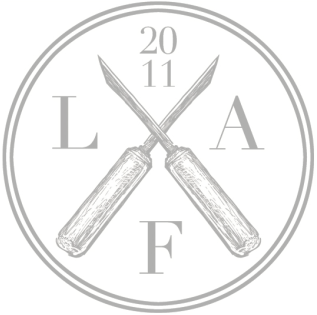A 50+ hour advanced study project at ASFM (The American School of French Marquetry) focused on this piece by piece music motif. Piece by piece is the most technically difficult and complex method for cutting marquetry. The goal is to either leave half of the 0.1mm line or remove it completely without taking any extra material. This is what gives you a seamless fit in the finished panel.
To keep this organized I will number the explanations for the photos working from left to right for the entirety of the post. 1. refers to the top left, 2. top right, 3. bottom left, 4. bottom right, etc.
1. Good marquetry starts with a good drawing. I had about 20 copies. The first three copies are pulled from the stack and used for a color index, shading guide, and background template in that order. This is my color index for this piece.
2. The rest of the copies are used to cut out the interior elements. All of these should be cut out with about 1mm around the outline. It's a good idea to organize them in an exploded view to make sure you don't leave any pieces out.
3. Afterwards the pieces can be organized by color. This helps speed up and organize the packet assembly process.
4. All of the pieces are now glued to the veneer packets with hot hide glue. Each packet, from the bottom up, consists of a 3mm backer board, a layer of grease paper, three 0.9mm sliced veneer sheets, and the glued on design. Veneer nails are placed around the elements to firmly hold the packet together. It took about two 10 hour days to make up all the packets I needed and to get all of the prep work done. At this time I also prepared the background packet which is kept inside a press for the duration of the interior element cutting as to not introduce any kind of warping or movement inside the pack. In a previous blogpost I show the construction of a background packet.
Video of the chevalet de marqueterie in action.
1&2. Focusing on smooth lines and sharp corners. As you advance you don't have to worry so much about hitting the line (you'll start to feel the line and hit it naturally) but making a beautiful line. When I first learned piece by piece I used the slow cutting and easily controlled 2/0 Escargot blade. For this study period I switched to the fast and aggressive 2/0 Pebeco skip tooth blade for speed and efficiency. It took a while to get used to but after about 12 hours of cutting I started to feel good with it.
3&4. All of the pieces cut out and again organized by color. Working away in my corner of the shop.
5&6. Showing the thickness of materials. For these practice pieces it is perfectly fine to use 0.9mm sliced materials. On real pieces 1.5mm thick material is the standard. The bone is at 1.5mm. Compare this to the other materials around it. Very nice to work with. I cut this with a 2/0 Escargot blade instead of the 2/0 Pebeco blade I used for everything else. It's a bit too tough for the pebeco. The escargot cut beautifully.
1-3. Organized in exploded view to make sure nothing is missing and checking some of the colors after sand shading.
4. Backer board after cutting the background.
1. The piece assembled face down on French kraft paper with hot hide glue. This is an incredibly important part of the French process.
2&3. Panel cleaned up a bit and pressed onto a substrate. At this point it is ready for final sanding and the beginning of French polish.
The next blog post will focus on a second study piece at ASFM where I completed a fleur éclaté marquetry panel.
















